AC induction motors are used to drive loads such as fans, pumps, lifts, and conveyors. But in some applications, the motor is also used as a brake to stop the load, reverse its direction, or hold the load and prevent it from moving. And while there are several methods of braking for AC motors, if the application requires a controlled stop, a method known as flux braking is often the best choice.
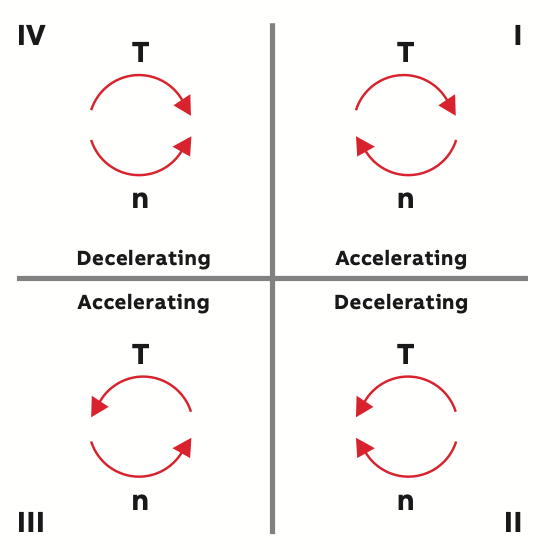
Image credit: ABB
Flux braking
To implement flux braking, the AC drive (variable frequency drive, or VFD), must use direct torque control (DTC), which is a control scheme that decouples the flux-producing current and the torque-producing current to the motor and controls them independently. Flux braking takes advantage of DTC’s separation of flux-producing and torque-producing current to control motor braking.
When the motor is acting as a generator — during stopping or overrunning — flux braking increases the flux-producing current in the motor. Instead of sending the extra energy to external resistors, as other methods do, flux braking essentially uses the motor as the braking resistors. By increasing the magnetic flux (and, therefore, current) in the motor, the load can be quickly decelerated while the motor speed and rate of stopping remains controlled.
With flux braking, heat inside the motor is increased, so this method is best for applications that only require occasional braking operation. If the application requires continuous braking or experiences frequent overhauling, other braking methods, such as regenerative braking, may be a better choice.
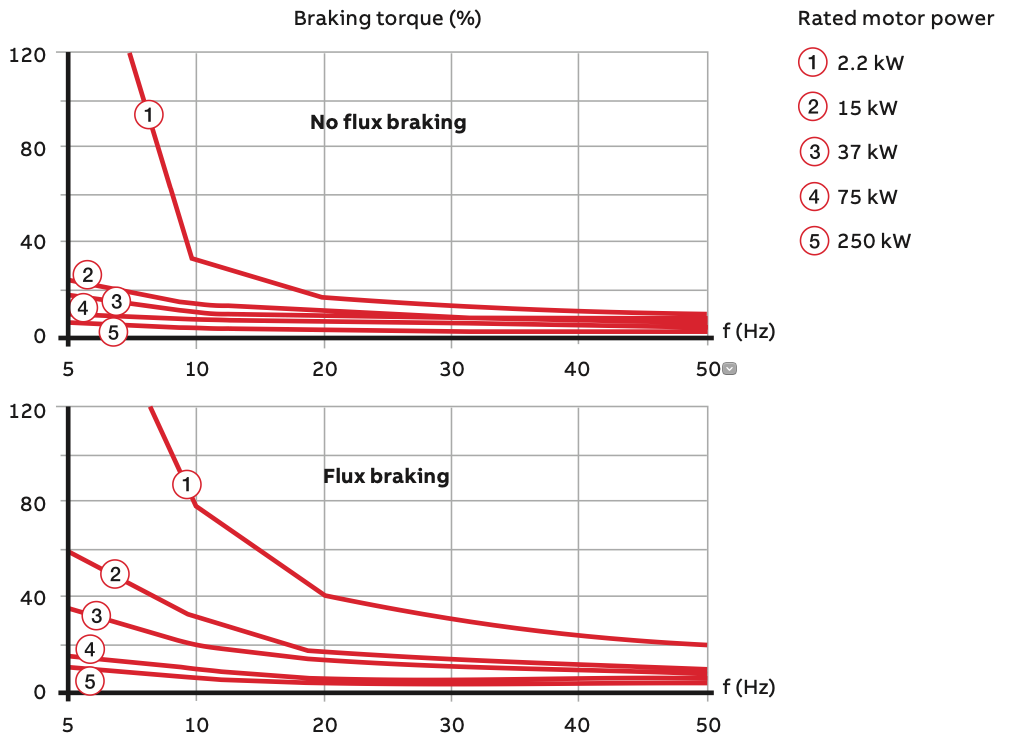
Image credit: ABB
Regenerative braking
In contrast to flux braking, with regenerative braking, the drive takes the electrical energy generated by the motor and feeds it back to the AC power source (or to a common bus that supplies multiple drives). So instead of the energy being lost as heat, it can be re-used by the power source. Regenerative braking is made possible by an IGBT located in the drive. This allows the drive to handle power flow in both directions — to and from the motor.
Because regenerative braking doesn’t increase heat in the motor, it’s best for applications that require frequent stops, constant deceleration, or overhauling loads. However, regenerative braking is typically a more costly alternative, although energy recovery savings can negate some of the initial hardware costs.
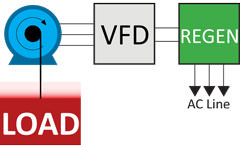
Image credit: Bonitron
DC injection braking
Another type of braking, and one that is often compared with flux braking, is DC injection braking. This braking method injects DC voltage (sourced by the DC bus) into the motor windings. This causes the magnetic field in the motor to become fixed, rather than rotating. Braking takes place as the rotor works to align to this stationary field. Like flux braking, the energy generated during stopping is dissipated by the motor as heat. DC injection braking is a standard feature on most modern VFDs, but because there is no control of motor flux, it can only provide uncontrolled braking.

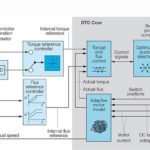
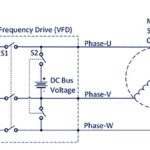
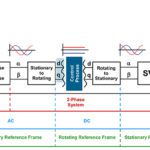
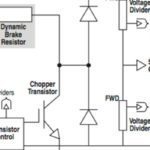
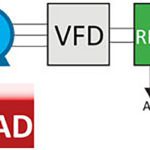

Leave a Reply
You must be logged in to post a comment.